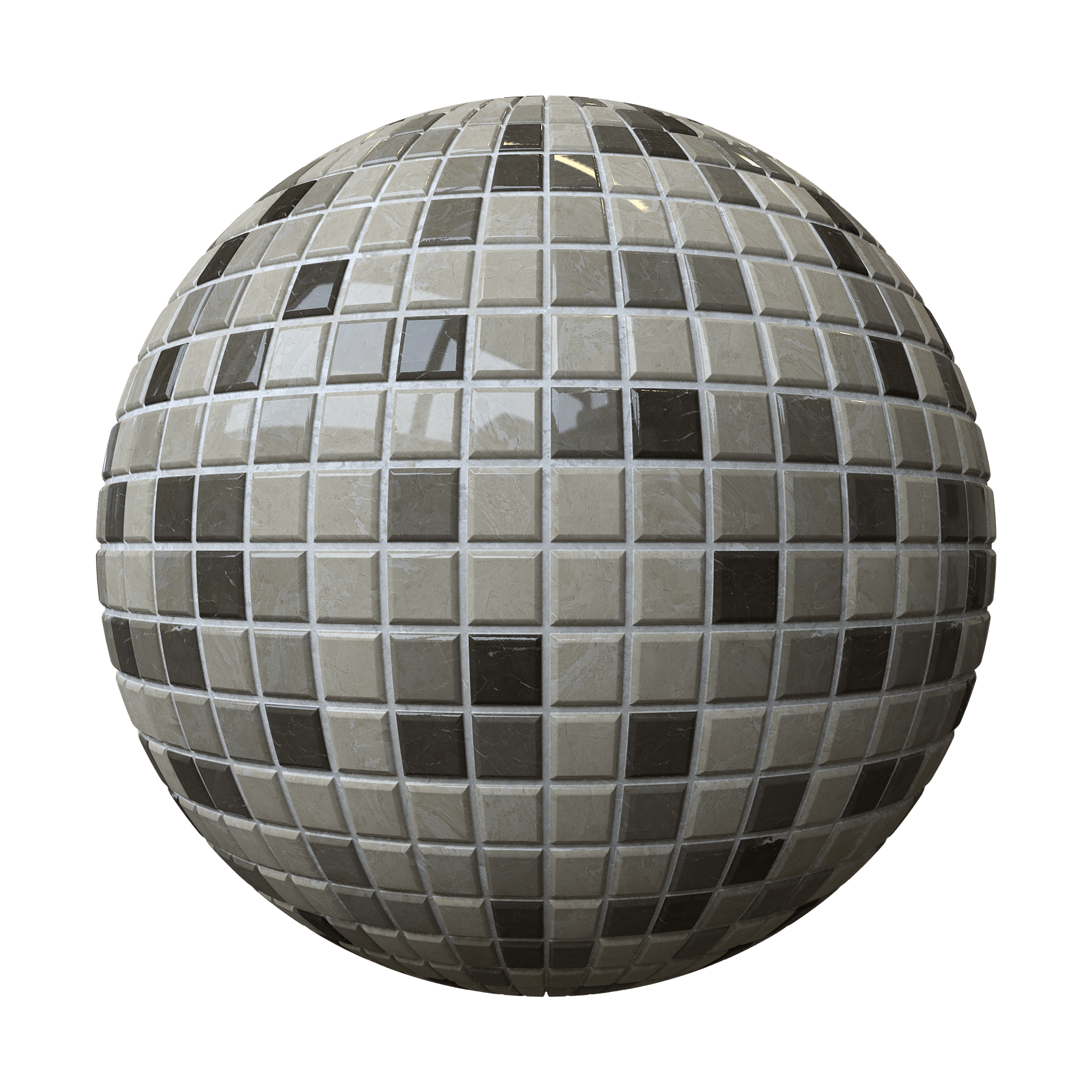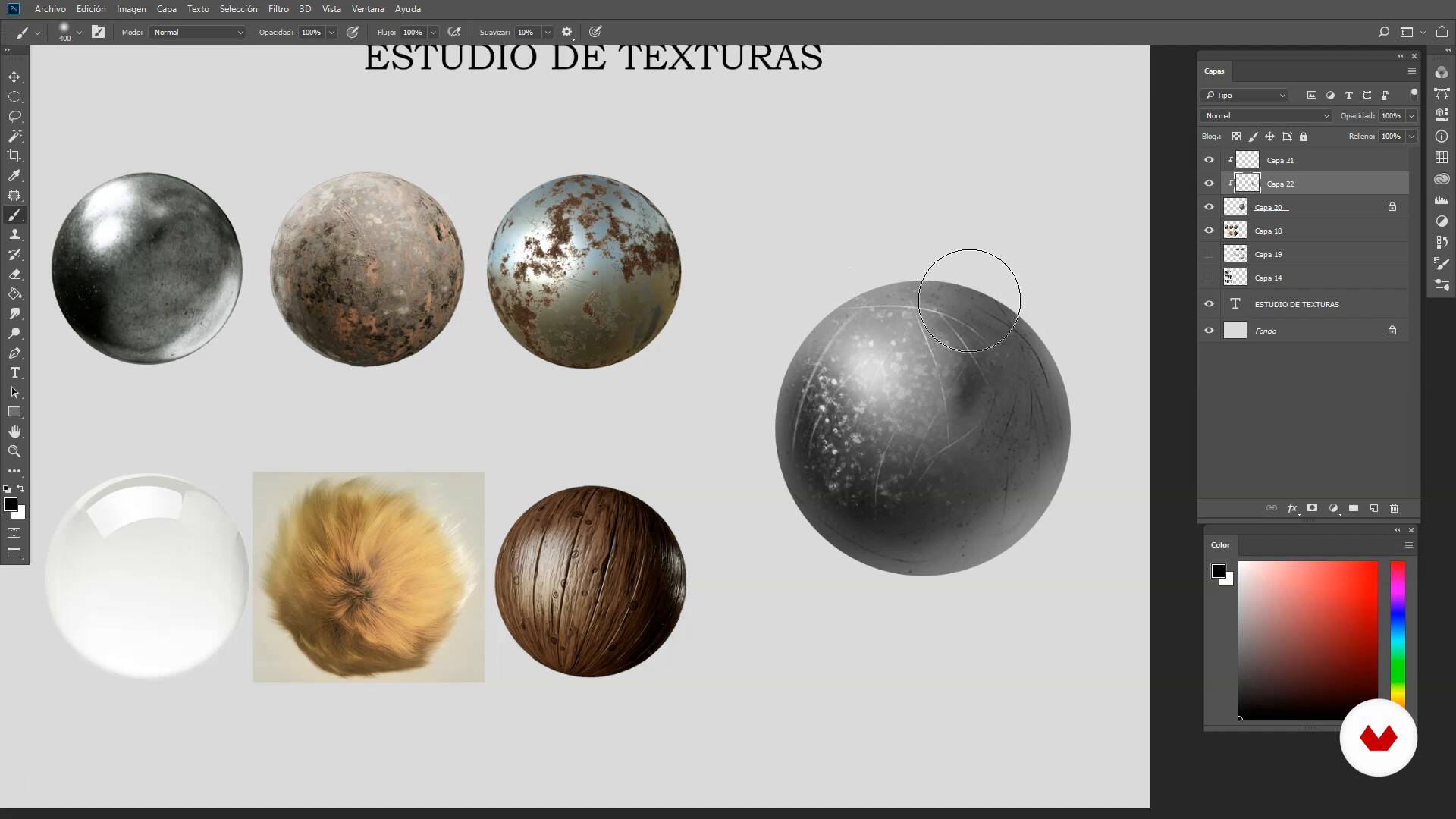

Now if I want, I could manually add in another texture.

Even just with that one texture, it looks like I've got quite a bit of variation. Maybe I'll split the difference here and go with something like 0.25. I could type in, for example, 111 and we get some very significant shifts in the scale of these individual textures. I've got my UVW coordinate variation and inside of here is an option for UVW scale. Now, having done this, I might want to add in a bit of variation on the size of this pattern. I get a much finer distribution of this pattern.

Right now this pattern is being distributed evenly across the entire object and it's quite large, so I'm going to go into my texture tag here and I'm going to adjust my UV tiles to something like 10 x 10. I'm going to go into my texture field right here, underneath where it says shaders, and I'm going to load in one of these patterns from my folder here. Let's get to the most fun part here, which is being able to add in multiple textures. This way I can get a live interactive preview of all of these different colors as I change them. In order to preview what's happening a little bit more easily, I'm going to go ahead and activate interactive render region and just cover my bust with this. But, because I'm planning on using textures I'm going to go back to my default of just the object variation. We can choose objects, we could even choose to add in some polygon variation. And if we open up our variation shader, we have some options that we can adjust here. We're now getting different colors on a per object basis. And let's just give this a render and see what happens. Let's go ahead and open that up and in the color channel, I'm going to load in the effect variation shader.

Let's go ahead and create a new material and assign it to this object. In my starting project, I've got a simple bust that I've fractured using the new Voronoi Fracture object. In this video, I'm going to walk you through the process of creating a texture setup like the one you see here.


 0 kommentar(er)
0 kommentar(er)
